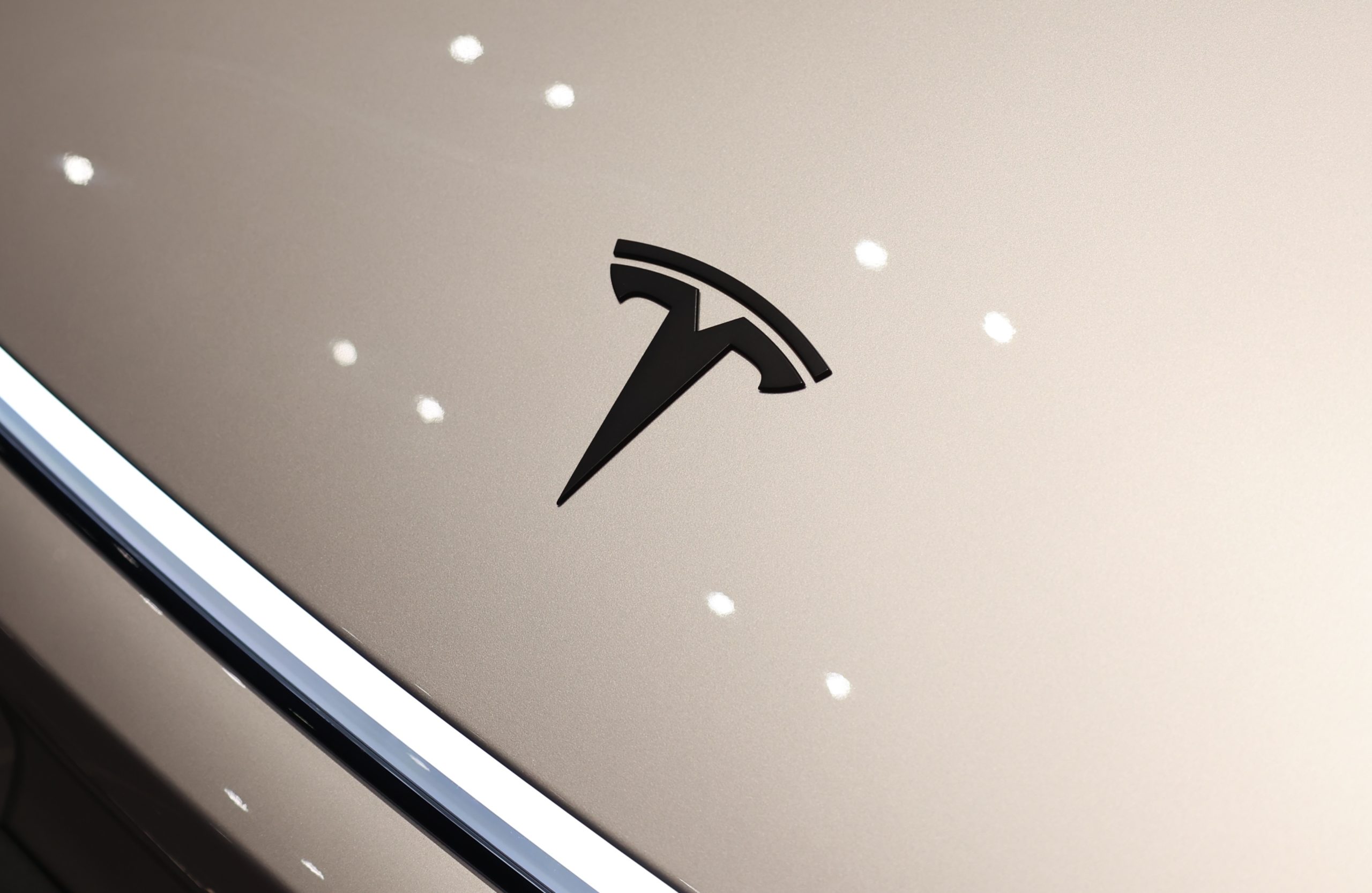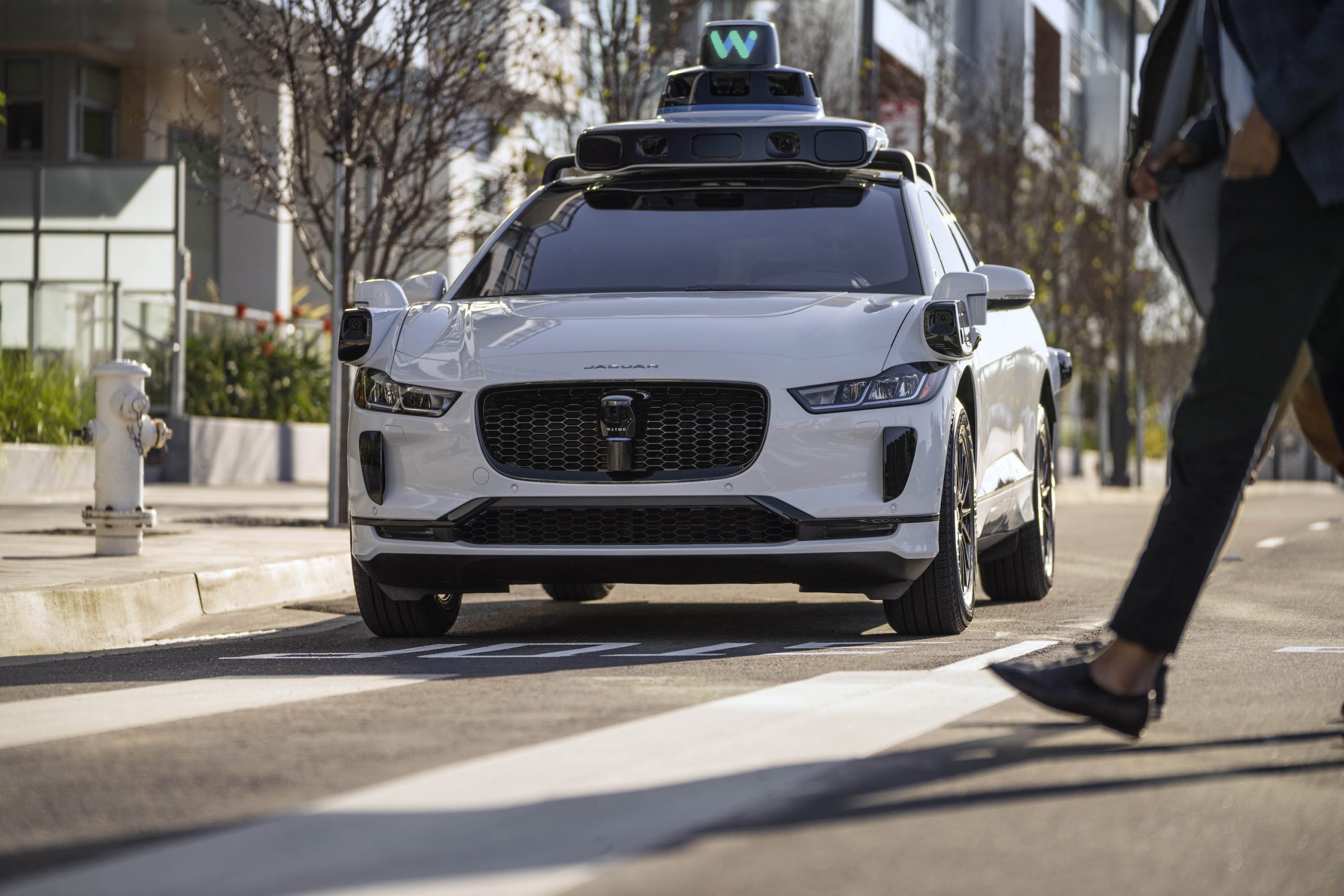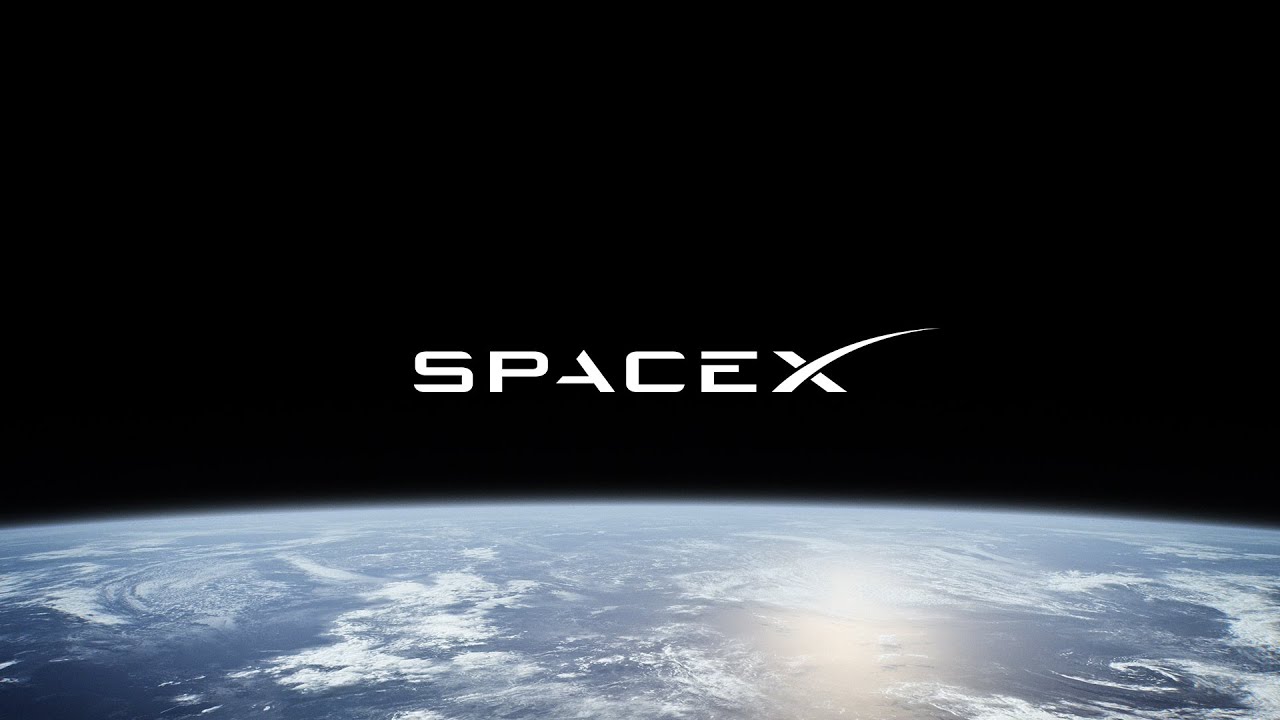A U.S. appeals court upheld the Federal Communications Commission’s (FCC) approval of a SpaceX plan to deploy some of its Starlink satellites at a lower than planned earth orbit, Reuters reported. In 2021, SpaceX asked to fly 2,824 Starlink satellites in the lower orbit where it already operates over 1,000 spacecraft. According to the report, competitors such as Viasat and Dish Network challenged the FCC’s approval.
Preventing SpaceX from operating its satellites in a low earth orbit isn’t the only thing Dish Network had been trying to do. The company is also trying to block Starlink from using the 12 GHz band even though the FCC had already granted SpaceX’s request to do so. Dish has been trying to block SpaceX from using this band since 2021.
Starlink, which provides internet services to its customers, is also helpful during disaster relief. The service has kept Ukraine online after Russia took out its satellites. Starlink has also helped with areas affected by hurricanes, earthquakes, and other natural disasters.
In May, Ukraine’s Digital Minister, Mykhailo Fedorov, said that around 15,000 people in Ukraine were using Starlink’s internet service every day. He added that Starlink was crucial support for the country’s infrastructure and for restoring destroyed territories.
The news of the U.S. appeals court siding with SpaceX over the challenges to the FCC’s decision posed by competitors comes just after SpaceX and T-Mobile announced their technology alliance. Last night, Elon Musk and T-Mobile CEO, Mike Sievert announced the new alliance that has the goal of ending mobile dead zones. The two companies will launch a new mobile service that is enabled by Starlink’s second-gen satellites and T-Mobile’s bandwidth.
Not only will this end mobile dead zones, but will be critical for areas impacted by natural disasters, a topic that Elon Musk mentioned last night.
“Even if an entire region or country lost connectivity because of a severe hurricane or floods or fires or tornadoes, earthquakes there’s so many natural disasters.”
“Even if all the cell towers were taken out your phone would still work.”
Your feedback is important. If you have any comments, or concerns, or see a typo, you can email me at johnna@teslarati.com. You can also reach me on Twitter @JohnnaCrider1

News
Tesla (TSLA) receives “Buy” rating and $551 PT from Canaccord Genuity
He also maintained a “Buy” rating for TSLA stock over the company’s improving long-term outlook, which is driven by autonomy and robotics.

Canaccord Genuity analyst George Gianarikas raised his Tesla (NASDAQ:TSLA) price target from $482 to $551. He also maintained a “Buy” rating for TSLA stock over the company’s improving long-term outlook, which is driven by autonomy and robotics.
The analyst’s updated note
Gianarikas lowered his 4Q25 delivery estimates but pointed to several positive factors in the Tesla story. He noted that EV adoption in emerging markets is gaining pace, and progress in FSD and the Robotaxi rollout in 2026 represent major upside drivers. Further progress in the Optimus program next year could also add more momentum for the electric vehicle maker.
“Overall, yes, 4Q25 delivery expectations are being revised lower. However, the reset in the US EV market is laying the groundwork for a more durable and attractive long-term demand environment.
“At the same time, EV penetration in emerging markets is accelerating, reinforcing Tesla’s potential multi‑year growth runway beyond the US. Global progress in FSD and the anticipated rollout of a larger robotaxi fleet in 2026 are increasingly important components of the Tesla equity story and could provide sentiment tailwinds,” the analyst wrote.
Tesla’s busy 2026
The upcoming year would be a busy one for Tesla, considering the company’s plans and targets. The autonomous two-seat Cybercab has been confirmed to start production sometime in Q2 2026, as per Elon Musk during the 2025 Annual Shareholder Meeting.
Apart from this, Tesla is also expected to unveil the next-generation Roadster on April 1, 2026. Tesla is also expected to start high-volume production of the Tesla Semi in Nevada next year.
Apart from vehicle launches, Tesla has expressed its intentions to significantly ramp the rollout of FSD to several regions worldwide, such as Europe. Plans are also underway to launch more Robotaxi networks in several more key areas across the United States.
News
Waymo sues Santa Monica over order to halt overnight charging sessions
In its complaint, Waymo argued that its self-driving cars’ operations do not constitute a public nuisance, and compliance with the city’s order would cause the company irreparable harm.

Waymo has filed a lawsuit against the City of Santa Monica in Los Angeles County Superior Court, seeking to block an order that requires the company to cease overnight charging at two facilities.
In its complaint, Waymo argued that its self-driving cars’ operations do not constitute a public nuisance, and compliance with the city’s order would cause the company irreparable harm.
Nuisance claims
As noted in a report from the Los Angeles Times, Waymo’s two charging sites at Euclid Street and Broadway have operated for about a year, supporting the company’s growing fleet with round-the-clock activity. Unfortunately, this has also resulted in residents in the area reportedly being unable to sleep due to incessant beeping from self-driving taxis that are moving in and out of the charging stations around the clock.
Frustrated residents have protested against the Waymos by blocking the vehicles’ paths, placing cones, and “stacking” cars to create backups. This has also resulted in multiple calls to the police.
Last month, the city issued an order to Waymo and its charging partner, Voltera, to cease overnight operations at the charging locations, stating that the self-driving vehicles’ activities at night were a public nuisance. A December 15 meeting yielded no agreement on mitigations like software rerouting. Waymo proposed changes, but the city reportedly insisted that nothing would satisfy the irate residents.
“We are disappointed that the City has chosen an adversarial path over a collaborative one. The City’s position has been to insist that no actions taken or proposed by Waymo would satisfy the complaining neighbors and therefore must be deemed insufficient,” a Waymo spokesperson stated.
Waymo pushes back
In its legal complaint, Waymo stated that its “activities at the Broadway Facilities do not constitute a public nuisance.” The company also noted that it “faces imminent and irreparable harm to its operations, employees, and customers” from the city’s order. The suit also stated that the city was fully aware that the Voltera charging sites would be operating around the clock to support Waymo’s self-driving taxis.
The company highlighted over one million trips in Santa Monica since launch, with more than 50,000 rides starting or ending there in November alone. Waymo also criticized the city for adopting a contentious strategy against businesses.
“The City of Santa Monica’s recent actions are inconsistent with its stated goal of attracting investment. At a time when the City faces a serious fiscal crisis, officials are choosing to obstruct properly permitted investment rather than fostering a ‘ready for business’ environment,” Waymo stated.
News
Tesla FSD v14.2.2 is getting rave reviews from drivers
So far, early testers have reported buttery-smooth drives with confident performance, even at night or on twisty roads.

Tesla Full Self-Driving (Supervised) v14.2.2 is receiving positive reviews from owners, with several drivers praising the build’s lack of hesitation during lane changes and its smoother decision-making, among others.
The update, which started rolling out on Monday, also adds features like dynamic arrival pin adjustment. So far, early testers have reported buttery-smooth drives with confident performance, even at night or on twisty roads.
Owners highlight major improvements
Longtime Tesla owner and FSD user @BLKMDL3 shared a detailed 10-hour impression of FSD v14.2.2, noting that the system exhibited “zero lane change hesitation” and “extremely refined” lane choices. He praised Mad Max mode’s performance, stellar parking in locations including ticket dispensers, and impressive canyon runs even in dark conditions.
Fellow FSD user Dan Burkland reported an hour of FSD v14.2.2’s nighttime driving with “zero hesitations” and “buttery smooth” confidence reminiscent of Robotaxi rides in areas such as Austin, Texas. Veteran FSD user Whole Mars Catalog also demonstrated voice navigation via Grok, while Tesla owner Devin Olsen completed a nearly two-hour drive with FSD v14.2.2 in heavy traffic and rain with strong performance.
Closer to unsupervised
FSD has been receiving rave reviews, even from Tesla’s competitors. Xpeng CEO He Xiaopeng, for one, offered fresh praise for FSD v14.2 after visiting Silicon Valley. Following extended test drives of Tesla vehicles running the latest FSD software, He stated that the system has made major strides, reinforcing his view that Tesla’s approach to autonomy is indeed the proper path towards autonomy.
According to He, Tesla’s FSD has evolved from a smooth Level 2 advanced driver assistance system into what he described as a “near-Level 4” experience in terms of capabilities. While acknowledging that areas of improvement are still present, the Xpeng CEO stated that FSD’s current iteration significantly surpasses last year’s capabilities. He also reiterated his belief that Tesla’s strategy of using the same autonomous software and hardware architecture across private vehicles and robotaxis is the right long-term approach, as it would allow users to bypass intermediate autonomy stages and move closer to Level 4 functionality.










